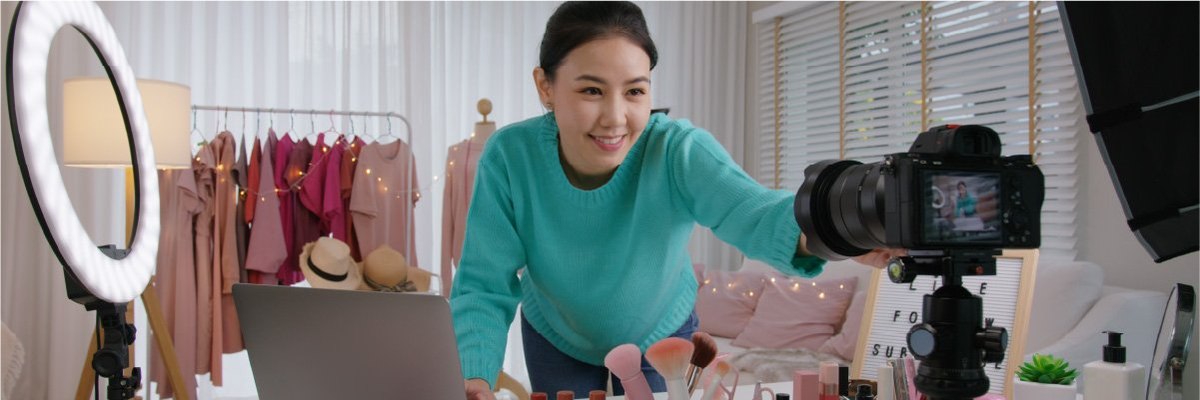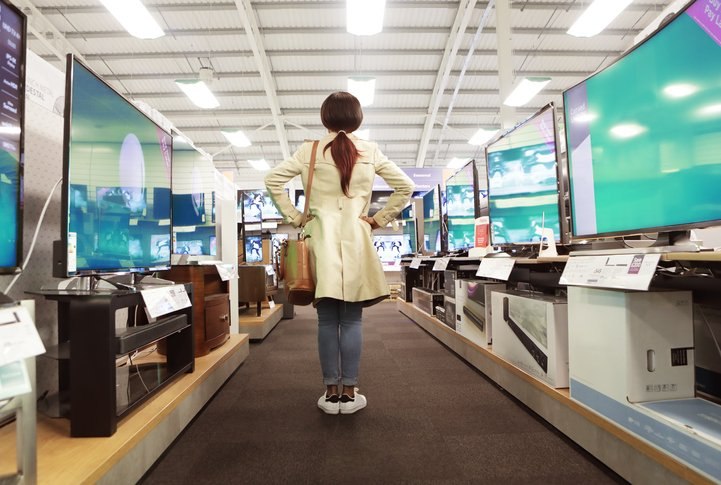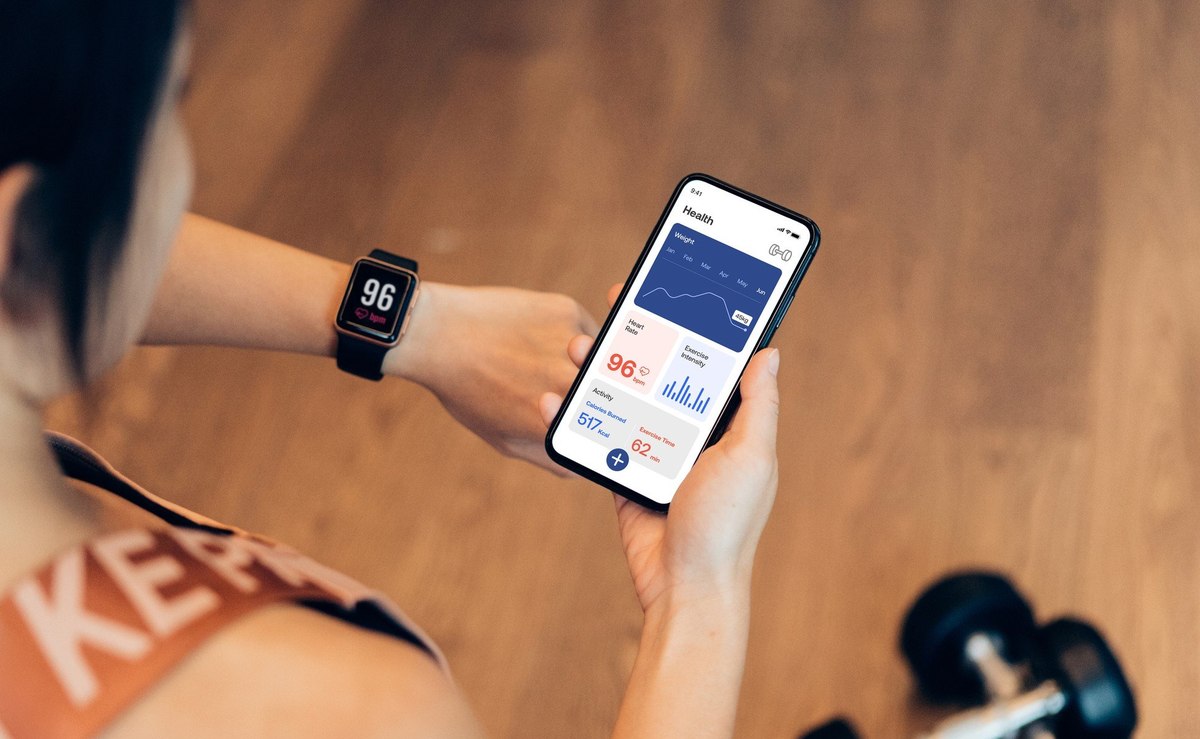
The smart fitness equipment landscape post-pandemic - and the road ahead
With gyms and fitness centres shutting down during the most severe moments of the pandemic, the home gym equipment sector got a boost as people sought to take their workouts indoors. In a digitised age, many gravitated towards connected or smart fitness devices.
In this piece, we examine the current state of the connected fitness devices market, and some of the factors and brands that have shaped the industry. A new YouGov study reveals that a tenth of UK consumers own a smart fitness device (10%), which amounts to a market size of roughly 5.3 million consumers. Another 12% of UK consumers plan to purchase smart exercise equipment in the future that’s 6,5 million potential owners and quarter of them is happy to spend anything between £500-£1000 – a potential market of just over £1.5billion!
From the list we provided, smart bikes are the most commonly owned connected device among UK consumers who say they own any such device. Nearly half of this audience owns a smart bike (49%), while a quarter of them also own a monthly subscription for access to more features on their bikes (24%).
Total ownership – including ownership with an accompanying subscription or just owning the device – is pretty high for smart fitness treadmills (38%) and smart fitness digital displays/mirrors (36%). About of quarter of consumers who own any fitness device also own smart rowing machines (26%) and cross trainers (26%). Meanwhile, about a fifth own smart boxing bags (21%) and smart climbing machines (20%).
The study drills deep into the factors and motivations that drove these purchases. Naturally, health and fitness is the most commonly cited main reason for purchasing each of the products, but a sizeable portion of consumers also purchased this equipment with a primary focus on mental health.
Over a fifth of those who own smart fitness bikes say the main reason for the purchase was “to improve my mental health” (22%). For some of the other equipment, the benefits of exercise on sleep was an important draw – roughly a tenth of consumers who bought smart fitness rowing machines (11%), cross trainers (12%), boxing bags (10%) or climbing machines (9%) cited this as their main reason.
For a certain group of consumers, Covid played a key role. A tenth of those who bought a smart home climbing machine said they did so to lose weight during the lockdown (10%). A slightly higher share of smart punching bag owners cited mental health during lockdowns as their reason to purchase (12%). Among those who bought smart boxing bags / punching trackers (17%) and smart home climbing machine (17%), the primary motivation was to help feel better about oneself.
The study also dives into the methods through which consumers arrived at their final purchase decision. Online reviews played a big role across multiple types of equipment with more than a third of smart fitness bike (34%) and smart fitness mirror (37%) owners indicating as much. Recommendations from friends (20%) and family (21%) was particularly important among buyers of smart home climbing machines. Buyers of smart rowing machines were most likely among all to have attributed their purchase to advertising (14%).
Which brands shone brightest?
Peloton steals the show in fitness bikes, with a quarter of those who own smart fitness bikes going with the brand (24%). A fifth of those who have bought smart rowing machines went with NordicTrack (21%) and TechnoGym (20%). TechnoGym is the winner in the smart cross trainer / elliptical (21%) and smart treadmill (18%) categories as well. NordicTrack is a popular name in the smart digital display / mirror market (17%) too. Three-tenths of smart fitness punch trackers owned are of the FitBag make (30%), while Apex devices are the most popular among buyers of smart climbing machines (35%).
The study goes into the nitty-gritties of the factors driving brand selection. Somewhat expectedly, value for money can be a big factor in consumers opting for a particular brand. For instance, a quarter of smart fitness bike owners indicated this as their main reason for choosing a specific brand (24%). Brand reliability is also a key factor, with just under a quarter of punch tracker owners (23%) indicating this as their main reason.
What does the future have in store?
While plenty of consumers plan to continue using or even upgrading their equipment, a significant portion are also considering selling or getting rid of them. Smart rowing machines (35% sell, 5% get rid of) and cross trainers / ellipticals (30% sell, 11% get rid of) are the devices that consumers are most likely to want to do away with.
Lack of space is a major reason for people looking to sell their smart exercise machines, but many want to get rid of their devices simply because they have stopped using them.
Even so, there remains strong appetite among existing owners to upgrade their devices (from 18% for smart fitness mirrors to 40% for smart fitness boxing bags). Not only that, as mentioned, 12% of all UK consumers don’t currently own a device and are looking to buy one.
Among these new set of prospective buyers, a third haven’t made up their minds on the type of devices they will purchase – which could represent an opportunity for marketers to try and convince this group one way or another. A fifth of them seek to buy smart fitness bikes (21%), and smart treadmills (14%) also generate good demand.
Roughly a tenth of prospective consumers have decided on smart fitness digital displays (11%), while cross trainers (8%) and smart rowing machines (7%) also generate significant interest. Demand is more muted, however, for smart boxing bags (4%) and climbing machines (1%).
Nearly a quarter of prospective smart exercise equipment buyers say they will spend between £501- £1000 on their purchase (23%). Three-tenths of them would be willing to cough up over £1000 on their purchase (30%). This shows that the potential for growth in the industry remains huge.
The study goes into a lot more detail with respect to when consumers are planning to make their purchases, what are their motivations and the brands they’ve shortlisted. To explore these details and other relevant data points in more detail, get in touch

































